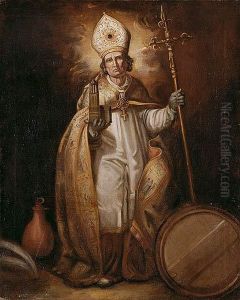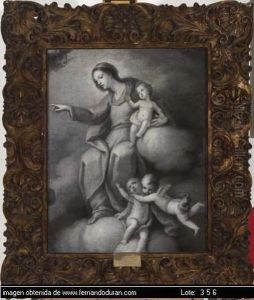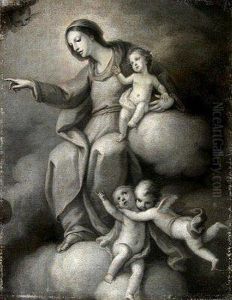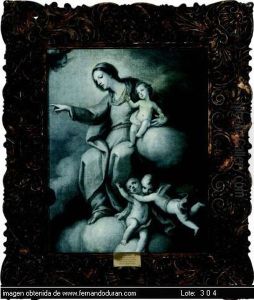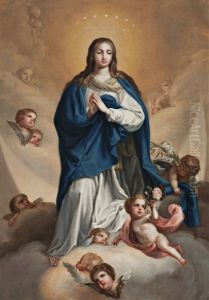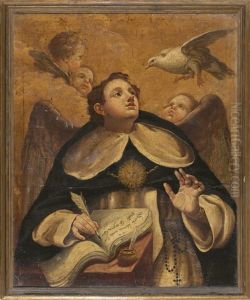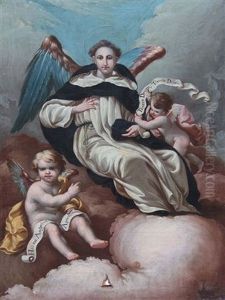Manuel, Fray Bayeu Y Subias Paintings
Manuel Bayeu y Subías, also known as Fray Manuel Bayeu, was a Spanish painter born on March 28, 1740, in Zaragoza, Spain. He belonged to a prominent artistic family, with his brothers Francisco and Ramón Bayeu also being well-regarded painters of the 18th century. Unlike his brother Francisco, who is often more widely recognized, Manuel chose a life that combined his artistic passion with religious devotion, eventually becoming a friar.
Manuel Bayeu y Subías started his artistic training under the guidance of his brother Francisco and later continued his studies at the Real Academia de Bellas Artes de San Fernando in Madrid. His religious calling led him to join the Order of the Minims in 1758, an experience that deeply influenced his artistic work. Even as a friar, he continued to paint, focusing primarily on religious themes that reflected his devotion and spiritual life.
Throughout his career, Fray Manuel Bayeu was commissioned to create numerous religious artworks, including altarpieces and frescoes for various churches and monasteries throughout Spain. His style was characteristic of the late Baroque and early Neoclassicism, displaying a blend of dramatic expression and clarity of form. Despite living in the shadow of his more famous brother, Francisco Bayeu, Manuel's work was highly respected in his time, particularly for its spiritual depth and devotion.
Fray Manuel Bayeu y Subías passed away on December 4, 1809, in Zaragoza. While his legacy may not be as widely recognized as that of his brother Francisco, his contributions to Spanish religious art during the 18th century remain significant. His works are preserved in several churches and collections in Spain, serving as a testament to his skill and deep religious conviction.
